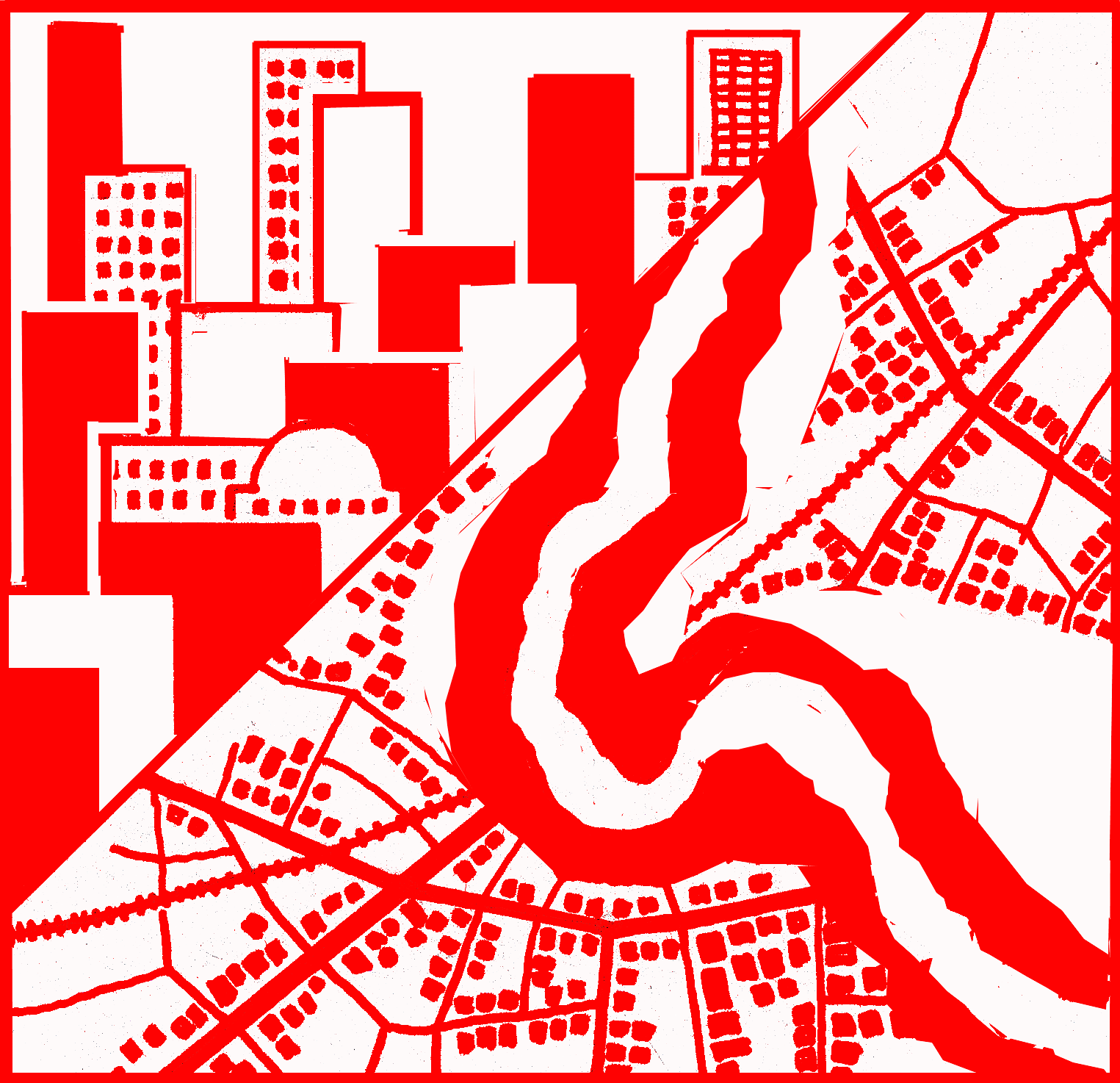| Editor's Corner...
From Our Readers...
Book Review...
ADPC Programs and Activities...
ADPC Regional Programs...
Interview...

Theme

duryog nivaran

AUDMP - making cities safer

Bookmarks

WWW Sites
|

|
Duryog nivaran . . .
Networking in Disaster Management: Some Experiences of Duryog Nivaran
| The Duryog Nivaran was initiated by ITDG South Asia in 1994. As a development organization working in eight countries, ITDG has gained substantial experience on the links among disasters, development and society, and the social issues of vulnerability. The primary objective of Duryog Nivaran is making disaster-development linkages visible, to learn from and jointly work with like-minded organizations towards incorporating these linkages in planning processes, with the ultimate aim of reducing vulnerability. Duryog Nivaran was the first initiative on disaster mitigation in South Asia, where disasters are diverse in their socio-economic and cultural dimensions.
|
| In this "development age", networking is expected to bring positive results for the many scattered and often isolated organizations that are addressing similar issues, though with various specific objectives. |
The network's theoretical basis lies in an "alternative approach" to disaster analysis, which views disasters as part of the normal development process and as opportunities for social transformation. It considers the analysis of linkages within society during normal times as being essential for understanding disasters. Therefore, this approach to disasters is about continuous action for disaster preparedness and mitigation, rather than reaction to "events". It emphasizes solutions that change societal relationships and structures with the objectives of reducing people's vulnerability and strengthening their capacities. People's participation is seen as paramount in all intervention strategies. The "alternative approach" also calls for accountability and transparency in implementation.
The network has a membership from five countries: Bangladesh, India, Nepal, Pakistan and Sri Lanka. The Asian Disaster Preparedness Center in Bangkok is also a key member. While in the initial stages the network had one or two members from each country, over the years this has been expanded to five members from each. The network's operation style has been to have a limited core membership which is linked with local networks in their respective countries. The Secretariat of Duryog Nivaran is located at Disaster Forum in Bangladesh, and the current Chairman is Mr. Mihir Bhatt of the Disaster Mitigation Institute in Ahmedabad, India.
|
|
Achievements
The membership of Duryog Nivaran has collectively been able to provide a South Asian perspective on disasters and vulnerability. Its achievements include generating material specific to South Asia in the form of case studies and publications, developing a training methodology called "community based approaches to disaster mitigation" with a South Asian focus, and entering into dialogue with state disaster management organizations in South Asian countries. The network has been able to consolidate and document good practices across South Asia that is used for sharing and application. It provides a platform to bring out, challenge and share South Asian issues, and it has effectively taken these to the international arena. Duryog Nivaran has initiated a process of building positive relationships with the media, involving media personalities in the debate and discussion of disasters and vulnerability, so as to move away from the popular style of reporting disasters as "events".
It is perhaps too early to comment on the effectiveness of the network; however, it has earned a solid reputation in the region and internationally as well, for its documentation, policy-advocacy and information-sharing activities. Most organizations working in the disaster mitigation field in South Asia, government and non-government, as well as numerous media units, are aware of the network and what it does.
Lessons to Share
The network decided on its operational structure at its very inception. It is now felt that allowing some time for the network to evolve would have resulted in a less rigid and more appropriate network structure.
Members and organizations within a network have varying objectives and expectations from it, while the network as a body also has objectives and strategic targets based on collective interests. Duryog Nivaran experienced a gap between the two Ð great enthusiasm to be a part of the network, but little interest in carrying out the responsibilities undertaken on its behalf.
There are also lessons related to financing in networks. Some amount of financing is inevitable in establishing an inter-country regional network. The organization(s) responsible for financial accountability gets a "dominant" tag attached to it. The lesson Duryog Nivaran wishes to share in this regard is that it is not wise to generate funds to support all the activities of a network, since this hinders the possible identification of organizations committed to its common objectives.
--Madhavi Malalgoda Ariyabandu
Former Coordinator of Duryog Nivaran
Programme Manager- Disaster Mitigation
ITDG South Asia
Phone: 94 1 829412-5, Fax: 94 1 856188
|
|



![]() To get announcements whenever this page is updated, please subscribe to adpc-announce-subscribe@egroups.com
by sending a blank email.
To get announcements whenever this page is updated, please subscribe to adpc-announce-subscribe@egroups.com
by sending a blank email.